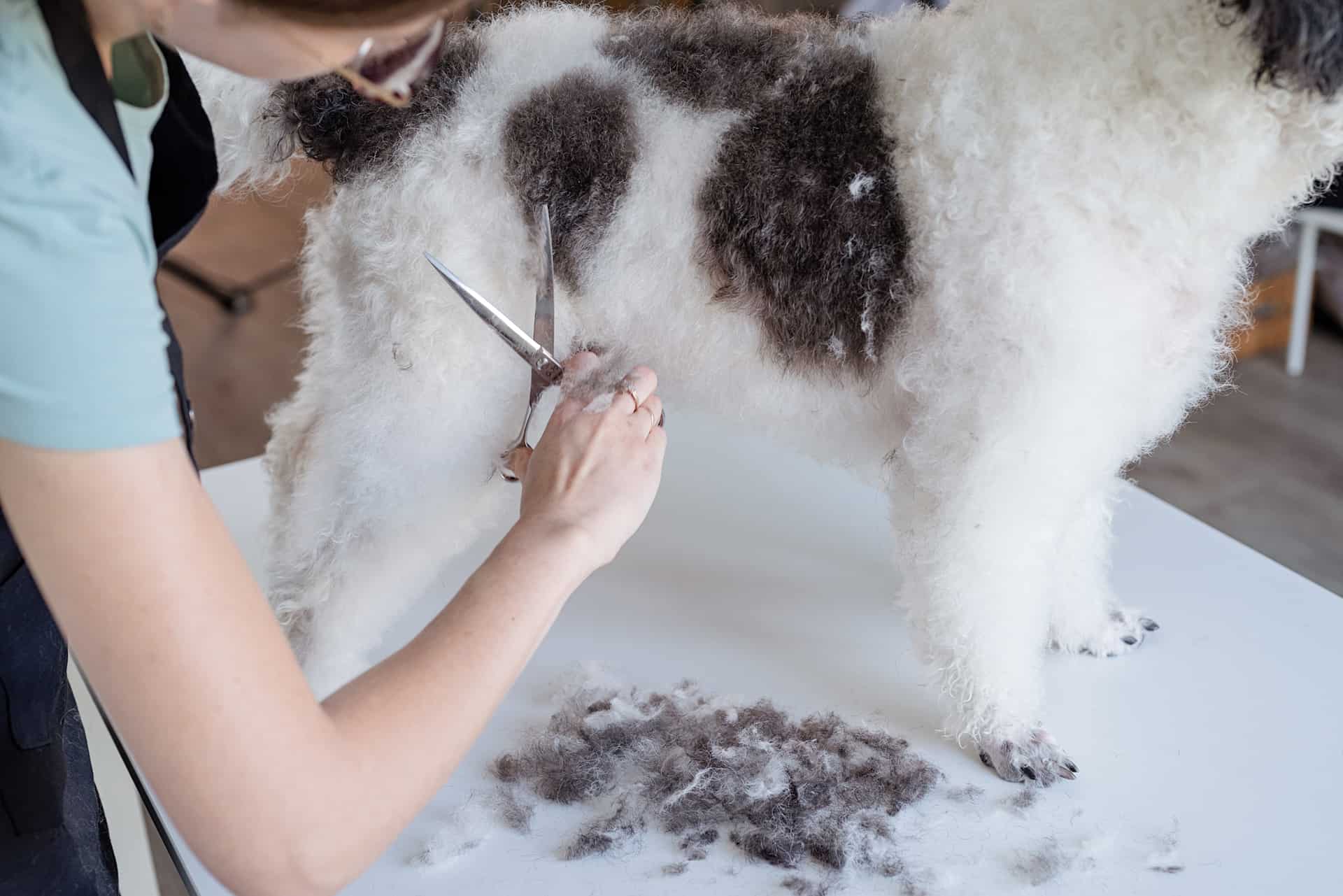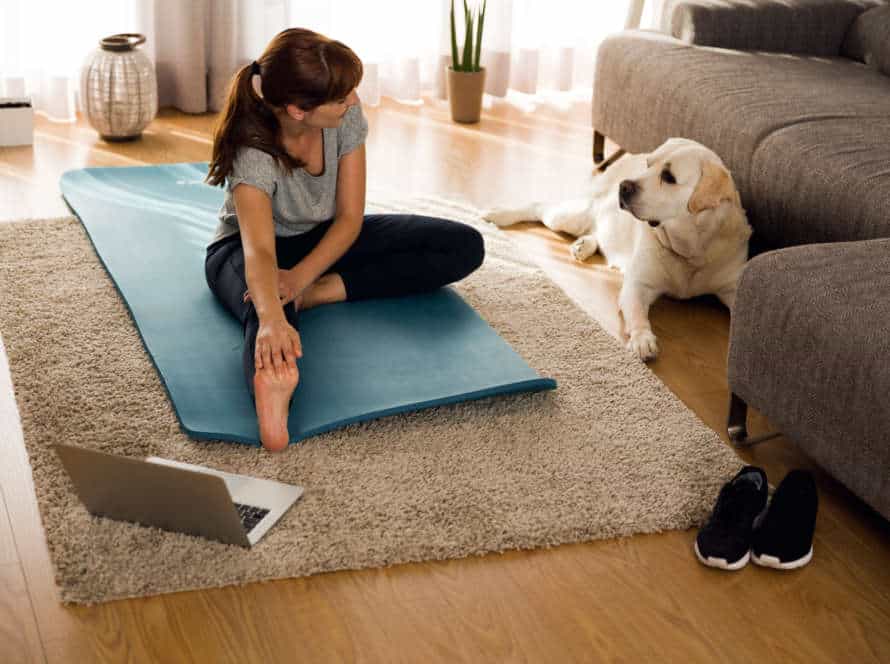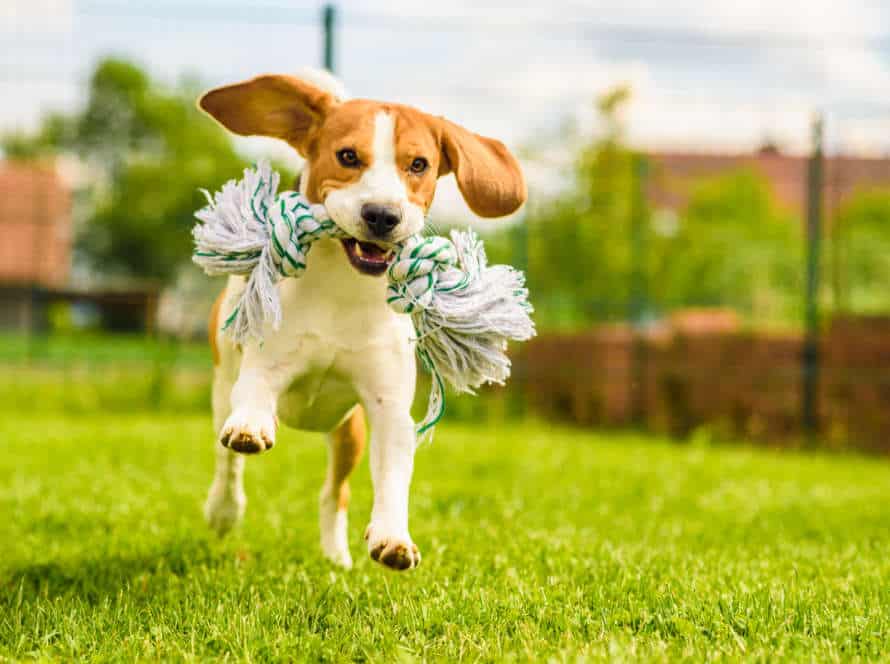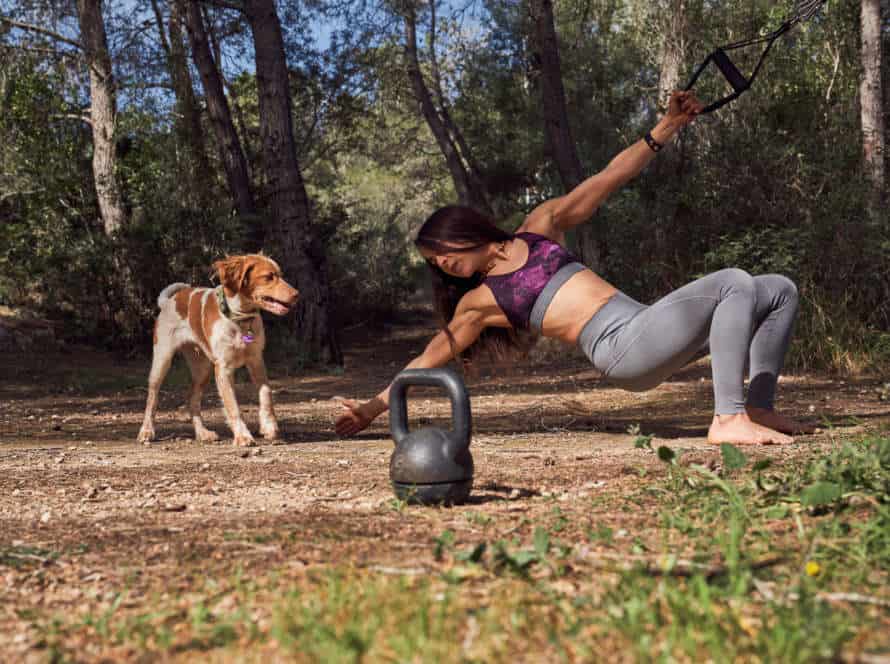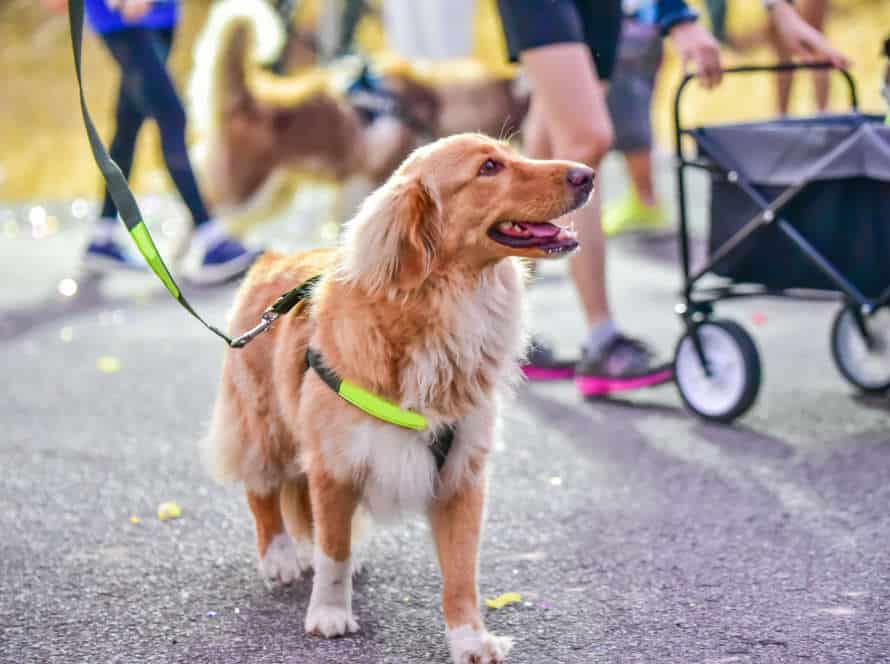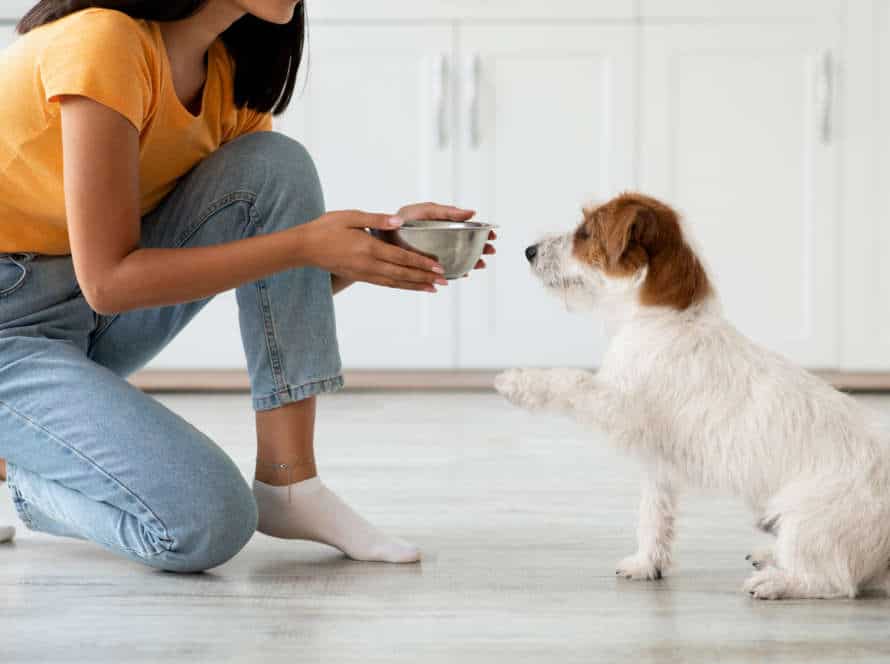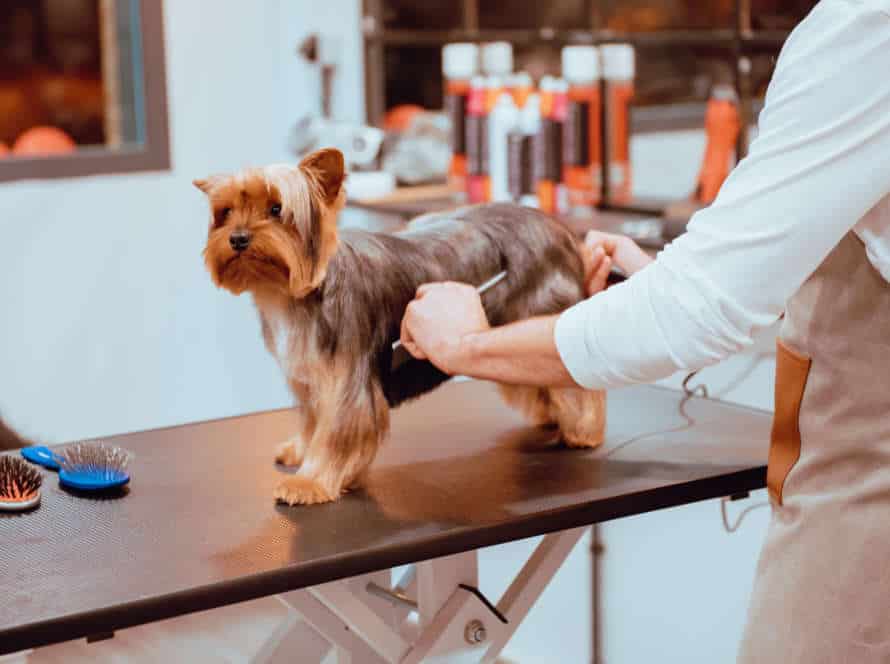Understanding Your Dog’s Coat and Skin
Grooming your adult dog is key for their health and contentment. It’s vital to comprehend the type of fur and skin they have. This will decide which grooming tools and products you should use. Let’s investigate how to distinguish your pup’s coat and skin type.
Different coat types and grooming challenges
Different coat types of dogs have unique grooming challenges. To establish an effective grooming routine for your adult dog, consider the following:
- Short-haired Coats: Brushing helps reduce shedding and prevent skin issues.
- Double Coats: Brush and de-shed regularly to avoid matting and skin irritation.
- Curly Coats: Clipping is necessary – Poodles and Bichon Frise need professional grooming.
- Long-haired Coats: Frequent grooming prevents matting and skin infections.
- Smooth Coats: Occasional brushing removes loose hair and distributes oils in the skin.
No matter the coat type, an effective grooming routine is important. This includes brushing, bathing, ear cleaning, nail trim, and checking for skin irritation and parasites. Pro tip: Regular grooming keeps your dog’s coat and skin healthy, plus strengthens the bond with you!
How often to bathe your dog
Decide how often to bathe your adult dog. This depends on their coat and skin type. Dogs with oily coats might need more baths than those with dry skin.
Experts suggest bathing once every three months, or more often if they get really dirty or smelly. Over-bathing can take away oils that help skin and coat stay healthy, leading to dryness and irritation.
Use a mild shampoo for their skin type. Rinse properly to avoid allergies or infections. Towel-dry and brush fur after bath to spread natural oils and avoid matting. Pro tip – Brush fur weekly to reduce need for bathing and keep coat shiny and healthy.
Choosing the right shampoo and conditioner
Selecting the correct shampoo and conditioner is essential for keeping your adult dog’s skin and coat healthy and looking great. Here are some tips to help you pick the best products for your furry friend:
- Think about your dog’s coat type and special requirements. For example, dogs with sensitive skin may need a hypoallergenic shampoo, while dogs with thick coats could benefit from a deep-cleansing shampoo.
- Opt for natural ingredients and avoid harsh chemicals. Ingredients such as oatmeal, tea tree oil and aloe vera are gentle and effective for your dog’s skin and coat.
- Utilize distinct products for shampooing and conditioning. These products have different components and serve different purposes in maintaining your dog’s coat and skin health.
- Test the product and watch out for any reactions. Before applying to your dog’s entire coat, try the shampoo and conditioner on a small patch of skin to make sure your dog does not have an allergic reaction or sensitivity to the product.
These tips will help you choose the right shampoo and conditioner and set up an effective grooming routine for your adult dog.
Brushing and Combing Your Dog
Brushing and combing your pup regularly is essential for a healthy coat. It takes away dead hair, dirt, dandruff and mats in long-haired doggos. This also helps the natural oils stay soft and glossy. Plus, it stops fur from tangling and matting up.
Let’s look into the various ways to brush and comb your pup!
The benefits of regular brushing and combing
Brushing and combing your adult dog has many advantages for you and your pup. Here are some of the main perks:
- Reduced shedding: Brushing and combing can help remove fur and cut down on shedding. This makes your home tidier and better for you and your pup.
- Healthier skin and coat: Grooming can help spread natural oils throughout your dog’s coat. This keeps it healthy and glossy, and prevents knots and skin irritation.
- Bonding time: Grooming your dog is a great way to bond. You get to spend quality time with your pup and show them care.
- Early detection of health issues: Grooming lets you check your pup’s skin and fur for any lumps or bumps that might need veterinary care.
- Improved smell: Brushing and combing can get rid of dirt, debris, and other odors, leaving your pup smelling nice and clean.
How to choose the right brush and comb for your dog
Selecting the perfect brush and comb for your pup is an essential part of having a successful grooming routine. Here are some tips to remember:
- Look at your dog’s coat type: Different brushes and combs work on various coat types. For instance, slicker brushes are great for thick and curly coats, while bristle brushes are ideal for smooth and short coats. Dematting combs are great for long and matted coats.
- Opt for quality materials: Pick brushes and combs made from tough and long-lasting materials like stainless steel, as these are less apt to break or corrode over time.
- Think about your dog’s personality: Dogs with sensitive skin or those that are easily scared may require a softer brush or a milder grooming technique.
By selecting the right brush and comb and having a normal grooming schedule, you can keep your pup’s coat healthy and gleaming while also making your bond with your furry buddy stronger.
Brushing and combing techniques
Brushing and combing your adult dog is important for an effective grooming routine. Here are some tips for brushing and combing:
- Choose the right brush for their coat- slicker, pin or bristle.
- Start from the top of their head and brush down.
- Use gentle but firm strokes.
- Comb through their hair afterwards.
- Reward them with praise and treats!
Plus, regular grooming not only keeps them looking and smelling great, but also boosts their health.
Trimming Your Dog’s Nails
Trimming your pup’s nails is essential for grown-up pups’ grooming. This keeps their paws healthy and stops the nails from growing too long. This can hurt and irritate them. We’ll go into the importance of keeping your doggo’s nails neat, plus tips and tricks for trimming them properly.
Why nail trimming is important
Nail trimming is key for your pup’s grooming needs. Long nails can cause them discomfort, pain and even injury. They can make toes splay and their gait suffer. Plus, there might be painful ingrown nails or torn nails. So, trimming nails will reduce risk and make them more comfy!
To set up a grooming routine, check out these tips:
- Train your pup early to get them used to handling paws and nails.
- Use the right trimmers and keep them sharp and clean.
- Trim only the tip of the nail and avoid the quick.
- Reward your pup after each trim session.
Pro Tip: If you’re not sure how to trim your pup’s claws or are worried about hurting them, talk to a professional groomer or vet.
Choosing the right nail clippers
Choosing the right nail clippers for your dog is key. Establishing a grooming routine helps to keep your pup’s paws healthy and comfy.
Two common types of nail clippers are:
- Guillotine Clippers: This type has a small hole for your dog’s nail. Squeezing the handles moves a blade across and trims the nail. Best for small to medium sized dogs, but too weak for thick nails.
- Scissor Clippers: Looks like scissors, but with a curved blade made for nails. Ideal for large dogs and pups with thick nails. Requires less hand strength to use.
Remember to choose the right size and type for your dog’s breed and nail thickness. Also, trim their nails regularly to avoid discomfort and health problems.
Proper nail trimming technique
It’s key to master the technique of trimming your pup’s nails for great hygiene & health. Here are some tips:
- Choose nail clippers that suit your dog’s size & breed.
- Hold your pup’s paw firmly & lightly press to extend the nail.
- Locate the quick – the pink part which has blood vessels and nerves. Avoid cutting it.
- Cut small chunks at a 45 degree angle, not all in one go, below the quick.
- In case of bleeding, use styptic powder or cornstarch on the nail to stop it.
- At the end give your pup praise & treats to make a good link with grooming.
Cleaning Your Dog’s Ears
Time for some adult pooch pampering! It’s essential to clean their ears. Doing so decreases the chances of infections. Let’s check out the top tips for cleaning doggy ears and creating a routine.
Reasons to clean your dog’s ears
Cleaning your pup’s ears is a must-do part of their grooming routine. If neglected, it can cause health and behavior issues. Here are some good reasons to clean their ears:
- Prevent Ear Infections: Dogs with floppy ears, like Cocker Spaniels or Basset Hounds, are more prone to ear infections. Cleaning can stop dirt and bacteria from building up.
- Identify & Treat Ear Mites: Ear mites are common and make pups scratch their ears. They can cause cuts and infections. Cleaning can help spot them and get treatment.
- Reduce Unpleasant Odors: Wax and debris in ears can smell bad.
- Bonding Time: Cleaning can be a chance to make a positive grooming routine and strengthen your bond.
Use a vet-recommended cleaner and cotton pads to keep your dog’s ears clean and healthy. This lowers the risk of infections and helps you two stay close!
Choosing the right ear cleaning solution
Choosing the right ear cleaning solution for your pup is essential to a successful grooming routine. It should be effective in cleaning without harming your dog’s sensitive hearing. A few tips to follow:
- Look for a solution made for pooches, not humans.
- Opt for natural ingredients like aloe vera or tea tree oil.
- Avoid solutions with alcohol, hydrogen peroxide, or other harsh chemicals.
- If unsure, get advice from your vet. They can recommend one that meets your pup’s needs.
How to properly clean your dog’s ears
Caring for Fido’s ears is a must if you are a pet parent. Follow these instructions to do it properly and safely:
- Make the ear cleaning solution. Add a few drops of canine ear cleanser to water as indicated on the package.
- Lift the ear flap and hold it straight. Use the other hand to pour the solution into the ear canal.
- Rub the bottom of the ear to let the liquid go in. You’ll hear a squishy sound.
- Allow your pooch to shake their head to get rid of dirt and the solution.
- Use cotton balls or swabs to wipe away any dirt or debris around the ear flap and opening.
- Do the same for the other ear.
Never use cotton swabs inside the ear canal, as it can cause harm. If your dog has ear issues, consult a vet.
Dental Care for Your Dog
Adult dog grooming involves looking after your pup’s dental hygiene. Brushing, rinsing and checkups are great for keeping teeth and gums healthy. Here we’ll cover the basics of dental care for adult dogs. Get your pooch’s pearly whites in great shape – follow these tips!
The importance of dental care
Regular dental care is essential for your dog’s health. Dental problems can cause bigger health issues. Here are a few tips to create a good grooming routine for your adult dog:
- Brush their teeth with a brush and toothpaste for dogs. Brushing daily is best, but even a few times per week helps.
- Give your pup dental chews and toys that clean teeth.
- Schedule dental checkups with your vet to spot any potential issues early.
- Also, regular grooming can prevent skin and coat problems, and strengthen your bond.
Choosing the right toothbrush and toothpaste
Selecting the proper toothbrush and toothpaste is a must for good oral hygiene for pooches. Here are some tips for picking the best dental products for your pup:
Toothbrush: Get one with a long handle for easy movement in your dog’s mouth. Soft bristles to dodge harming the gums or teeth, and a compact head to match your pup’s mouth easily.
Toothpaste: Choose one that’s made especially for dogs. Human toothpaste can be bad for them. Look for toothpaste with natural elements, like tea tree oil, which has antibacterial features that keep your pup’s mouth clean.
Developing a regular grooming routine is great for adult dogs. This helps avoid dental problems which could affect your pup’s overall health. Ask your vet for advice on dental care for your pup.
Pro Tip: Regular dental checkups, brushing, and cleaning are essential for your pup’s teeth to stay healthy and dodge dental problems.
How to brush your dog’s teeth
Brushing your pup’s pearly whites is a must for keeping their oral hygiene tip-top and avoiding dental issues like plaque, gum disease and bad breath. Here’s a guide to help you brush your dog’s teeth the right way:
- Get a toothbrush and toothpaste made specifically for dogs.
- Get your pup used to the toothbrush and toothpaste by letting them sniff and taste it.
- Lift your pup’s lip to show their teeth.
- Hold the toothbrush at a 45° angle and brush in a circular motion.
- Concentrate on the gum line and back teeth as these areas are more prone to plaque.
- Use yummy treats or toys to reward your pup for being cooperative during the brushing process.
- Brush your pup’s teeth at least once a week to maintain good oral hygiene.
By creating an effective grooming routine with regular tooth brushing, you can keep your adult pup’s teeth and gums healthy for a long time. Pro tip: Start brushing your pup’s teeth when they’re young to make it easier to form the habit.
Professional Grooming Services
Bringing your pup to a professional groomer can be beneficial! With the right tools and techniques, they can help establish an effective grooming routine for your adult dog. They can also offer advice on what grooming products may work best for your pup. Professional groomers really come in handy!
When to consider professional grooming
When should you get professional grooming services for your adult dog? Here are some signs to look out for:
- Matting: Severely tangled or matted fur can be hard to brush out alone.
- Nails: Long nails can cause discomfort and even health problems.
- Skin and Coat Issues: Hot spots and constant shedding might need a professional groomer’s help.
- Lack of Time: If you don’t have the time or tools to groom, a professional can help.
Regular grooming keeps your dog healthy, clean and happy. A groomer can create a grooming plan for your pup.
Choosing the right groomer for your dog
Choosing a groomer for your pup can be hard. An excellent groomer will make your dog look great, and ensure their safety during the process. Here are some points to ponder when picking a professional grooming service for your doggy pal.
- Experience: Search for a groomer who knows how to groom your dog’s breed. Experienced groomers are aware of breed-specific grooming techniques and health issues that may occur in some breeds.
- Reputation: Find a groomer with a good reputation. Look through online reviews or ask your pet-owning friends for recommendations. A good groomer will have content customers who will vouch for them.
- Facilities: Check out the grooming facilities to make sure they are clean, well-lit and have enough staff. A good grooming facility will have the right equipment and products to make your pup’s grooming experience comfy and stress-free.
Pro Tip: Before picking a groomer, take your dog to the facility to get a feel for it and see how your pup reacts to the groomer.
What to expect during a grooming session.
Professional groomers can pamper your pooch with a range of treatments. Here’s what to expect during an adult dog’s grooming session:
- Bathing: A warm bath with shampoos to suit their coat and skin type, plus banish odors and fleas.
- Drying: Towel and blow-dry to prevent matting and tangles.
- Brushing: Matting and tangles brushed out before a haircut. Or a full brush out if no snipping required.
- Nails: Clipped and filed to avoid overgrowth, splitting or breaking.
- Ears: Cleaned and any excess wax, dirt or debris removed.
- Styling: Grooming finished with the style you choose, usually clipping or scissoring.
Remember: Regular grooming keeps your pup healthy and happy by keeping their coat in check and warding off health issues. Plus, a grooming routine strengthens your bond with Fido.
Frequently Asked Questions
Q: How often should I groom my adult dog?
A: It depends on the breed and coat type of your dog. Generally, dogs with long hair need to be groomed more frequently than those with short hair. Most dogs benefit from weekly grooming sessions.
Q: What should I include in my dog’s grooming routine?
A: A typical grooming routine should include brushing, bathing, nail trimming, ear cleaning, and teeth brushing.
Q: Can I groom my dog myself or should I take them to a professional groomer?
A: It’s up to you, but if you’re unsure about how to properly groom your dog then it’s always best to take them to a professional groomer. They have the expertise and equipment necessary to provide a safe and thorough grooming experience for your dog.
Q: How do I choose the right grooming tools for my dog?
A: Again, it depends on your dog’s breed and coat type. Consult with a professional groomer or do some research to determine which tools are best suited for your dog’s specific needs.
Q: What should I do if my dog doesn’t like to be groomed?
A: Take it slow and be patient. Start with short grooming sessions and reward your dog with treats and praise. If your dog continues to resist, consult with a professional trainer or behaviorist for additional guidance.
Q: Are there any safety precautions I should take during my dog’s grooming session?
A: Yes, make sure to use scissors and clippers carefully to avoid accidentally cutting your dog’s skin or nicking their ears. Also, be careful not to get water or soap in your dog’s eyes, ears, or nose during bath time.

